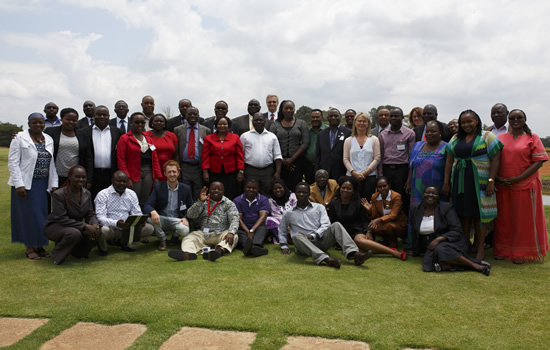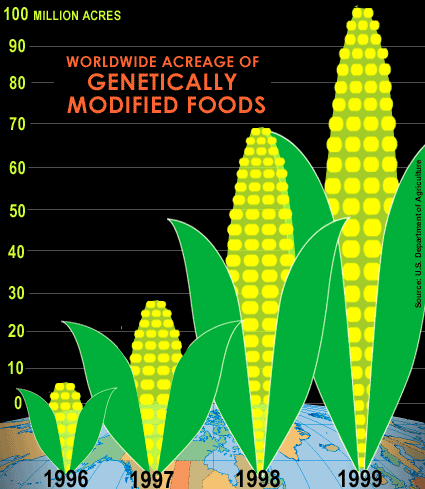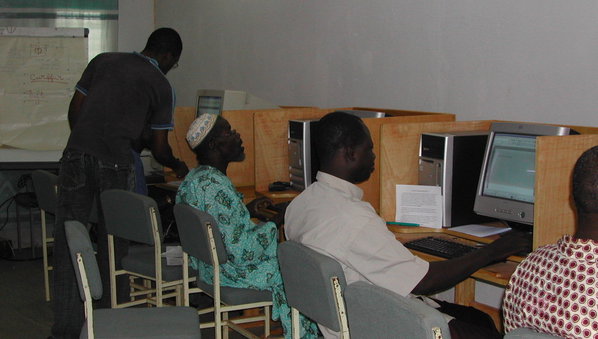The Farmers Union of Malawi, an umbrella body of farmer organizations in the southern African country, has called for an immediate review of the country’s tobacco production if the industry is to improve.
The call comes at a time when there are concerns that this year’s tobacco sales will only rake in US$ 180 million compared to last year’s US$ 273 million.
Mr. Felix Jumbe, FUM President told Zodiak Online that this year’s underproduction is partially attributed to poor market of the leaf in the past two to three years.
“Tobacco production needs to be reviewed so that people having the capacity to produce better leaf should be allowed to continue producing the green gold,” he said.
The country’s tobacco production continues to dwindle every year following huge losses by smallholder tobacco farmers and commercial estates trading the crop.
Mr Jumbe said there is need for government to develop measures that would bail out tobacco growers.
“Even smallholder farmers need to be assisted in financing production for them to produce the quantity and quality of leaf required,” said Jumbe.
This year however, tobacco prices have on average improved compared to the past three years
The leaf averaged $2.15 per Kg compared to $1.24 per Kg offered during last year’s marketing season.
Tobacco regulator Tobacco Control Commission-TCC-Chief Dr Bruce Munthali acknowledges that the country would lose most due to dwindled production of the leaf.
He said despite raking in good price, the leaf would negatively influence total earnings.
“In the long run, there could be a drop in terms of earnings because of a drop in volume,” acknowledges Dr Munthali.
Production of the green gold is projected to have gone down by about 35 percent this year.
The leaf’s quantity dropped this season as the tobacco sales last season were characterized by a high rejection rate, and low prices, which forced some producers to abandon the crop, for other economic activities.
However, tobacco remains the country’s sole main revenue earner accounting for up to 60 per cent of the foreign exchange estimated.




